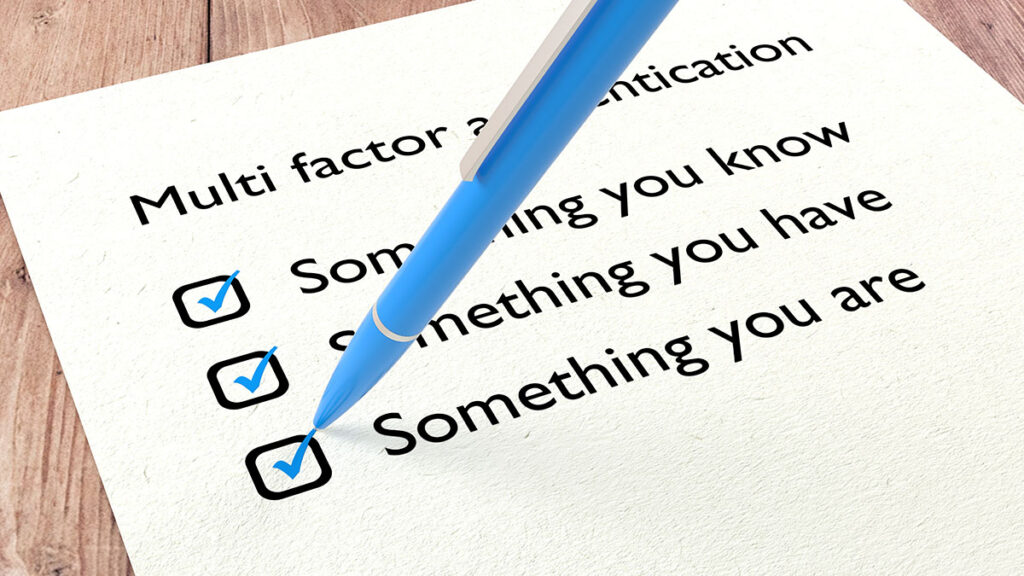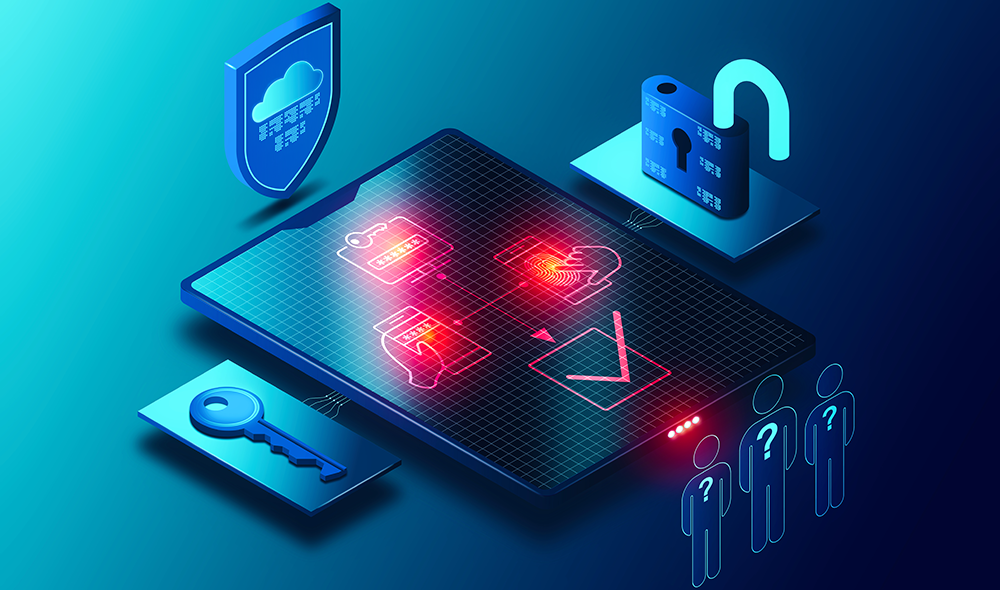Everyone knows that feeling of having your keychain stolen in the parking lot, or how frustrating it is when you try to log in to a new website but your current username and password don’t work.
These days, we must protect our personal information and accounts by making sure they are secure, especially with phishing and identity theft becoming so prevalent.
When it comes to online identity verification, there is an option for the many different types of online identities that people have: multi-factor Authentication (MFA).
What are the Benefits of MFA?

Source: oxen.tech
The benefits of multi-factor authentication are numerous:
Better Protection
A hacker needs your unique username and password if they want to get into your account, but, with MFA, a hacker would need additional information, such as a mobile phone number or an approved device (email, text message) or WatchGuard Online AuthPoint, in addition to the password.
Adding in these extra layers of security and authentication make it much harder for hackers and, while it may not stop them, it will definitely slow them down and deter all but the very determined.
A More Trustworthy Impression
MFA increases security and trust by increasing the number of original credentials – referred to as “sure things” – that must be verified before access is granted.
Multiple ways of verification for your identity add trust to your profile, which helps you look more trustworthy, which in turn improves the way visitors to your site perceive it.
Reduced Fraud
Adding additional factors of authentication means preventing fraudulent use of accounts. For example, if a hacker wants to steal a password from a user’s computer by automatically opening up an email attachment or clicking some suspicious link.
Additional factors could prevent the hacker from gaining access to the account even if they already have access to the credentials (a username and password).
Potential Drawbacks of MFA

Source: globalsign.com
MFA can be a little confusing for users, especially those who are new to online security, and there can be some negative behaviors and impacts that would normally not occur if people were using another method of authentication.
Although the goal of MFA is to increase security and prevent fraud, this may lead to users having less privacy because they have extra ways of identifying themselves.
For example, when you have multiple ways to authenticate yourself before you can access your email while checking or sending messages, Google could detect that you’re using a different device or IP than the computer where the account resides that is being accessed.
How Do MFA Authentication Factors Work?
Modern businesses and organizations make it easy to implement MFA as a way to increase security.
There are a few ways that different MFA authentication factors could work together, including the following:
- Synchronized with your login: For example, when you log into an app or website, text messages will be sent to all of your phones with a one-time code that you will need in order to complete the login.
- Manually Entered: An additional step where a user has to enter a code that is sent either via text message or email.
- Redirecting to another site: The user will be redirected to a site other than the one they are trying to log into.
- Biometric: The use of fingerprint, voice or facial recognition, or photo identification to ensure that only you or someone who looks like you can access your account.



